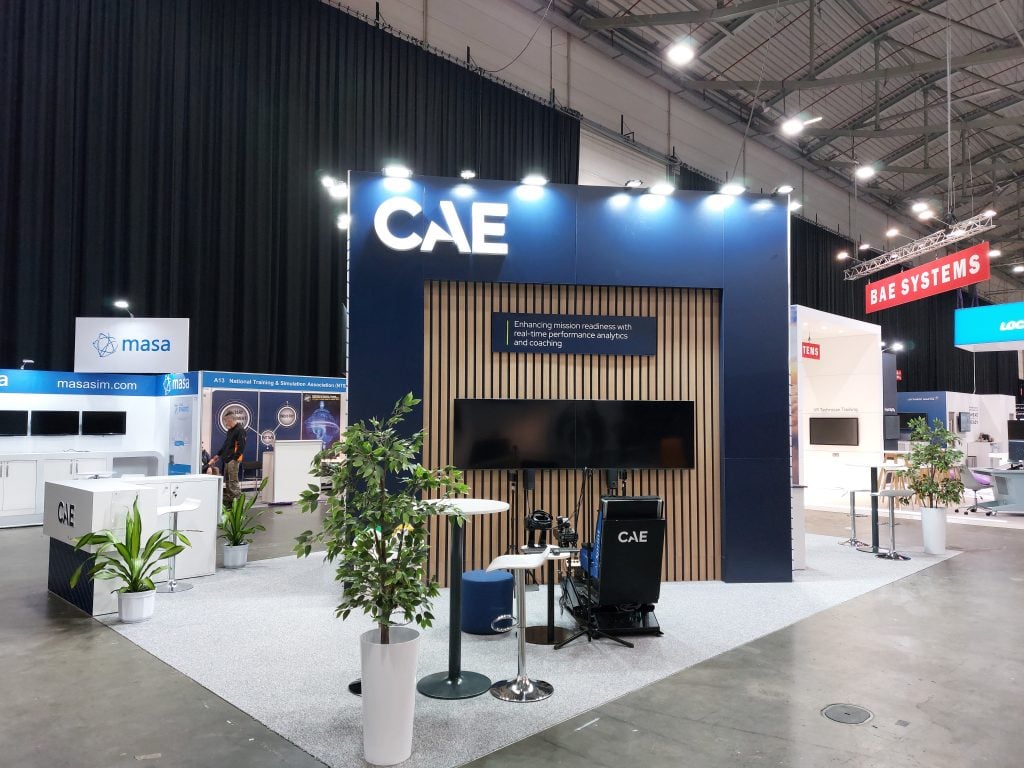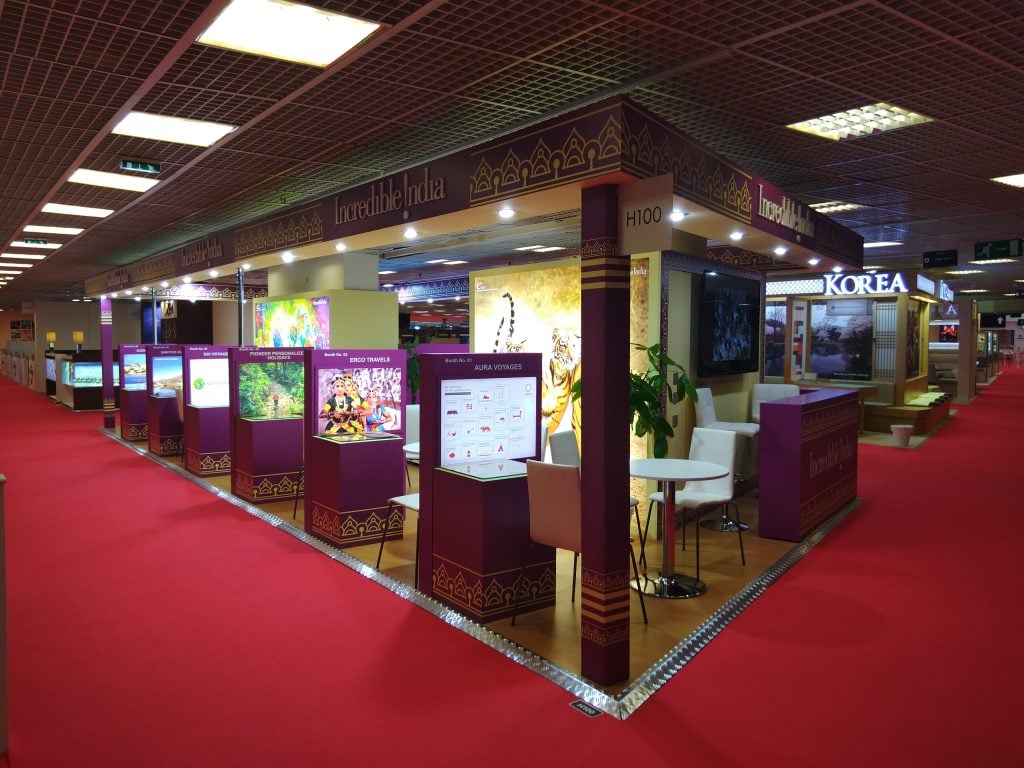
Introduction:
The world of exhibit trade show booth construction is undergoing a revolution, driven by advancements in materials science and technology. Traditional materials like wood and metal are being supplemented – and in some cases replaced – by innovative alternatives that offer superior strength, flexibility, and functionality. In this article, we’ll explore the exciting frontier of next-generation materials for booth building, from lightweight carbon fiber to cutting-edge smart fabrics.
Carbon Fiber:
Carbon fiber has emerged as a game-changer in the world of trade show booth construction, thanks to its exceptional strength-to-weight ratio and versatility. This lightweight yet durable material is prized for its high tensile strength and resistance to corrosion, making it ideal for creating sleek and modern booth structures.
Carbon fiber can be molded into virtually any shape, allowing designers to create innovative and eye-catching booth designs that stand out on the trade show floor. Additionally, its lightweight properties make it easy to transport and assemble, reducing logistics costs and environmental impact.
Aluminum Composite Panels:
Aluminum composite panels offer a lightweight and durable alternative to traditional building materials like wood and metal. These panels consist of a thin layer of aluminum sandwiched between two layers of composite material, resulting in a strong yet flexible material that is resistant to corrosion and weathering.
Aluminum composite panels are commonly used for booth walls, signage, and architectural elements, providing a sleek and modern aesthetic that is perfect for contemporary booth designs. Additionally, these panels can be easily customized with digital prints or vinyl graphics, allowing for endless design possibilities.
Smart Fabrics:
The rise of smart fabrics is revolutionizing booth construction by introducing materials that are not only durable and lightweight but also interactive and dynamic. Smart fabrics are embedded with sensors, LEDs, and other electronic components that can respond to touch, motion, and environmental conditions.
These fabrics can be used to create immersive and interactive booth experiences, such as interactive displays, dynamic lighting effects, and responsive textiles. By integrating smart fabrics into trade show booth design, exhibitors can create engaging and memorable experiences that captivate attendees and leave a lasting impression.
Biodegradable Materials:
In an era of increasing environmental awareness, biodegradable materials are gaining traction as a sustainable alternative to traditional building materials. These materials are derived from renewable sources such as bamboo, cork, and recycled plastics, offering an eco-friendly option for booth construction.
Biodegradable materials are not only lightweight and durable but also biodegradable, meaning they can be composted or recycled at the end of their lifespan. By incorporating biodegradable materials into booth design, exhibitors can reduce their environmental footprint and demonstrate their commitment to sustainability.
Conclusion:
In conclusion, next-generation materials are transforming the landscape of booth construction, offering exhibitors a wide range of options for creating innovative and sustainable booth designs. From lightweight carbon fiber to interactive smart fabrics, these materials are revolutionizing the way booths are built and experienced.
By embracing these new materials and technologies, exhibitors can create trade show booths that are not only visually stunning and engaging but also environmentally friendly and future-proof. As the industry continues to evolve, the possibilities for next-generation materials in booth building are endless, promising exciting opportunities for innovation and creativity in the years to come.


 US
US
 EU
EU


